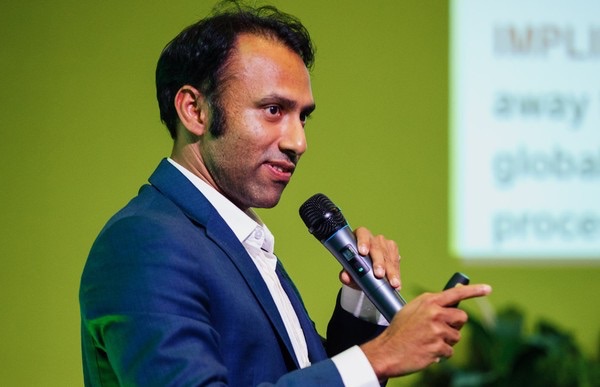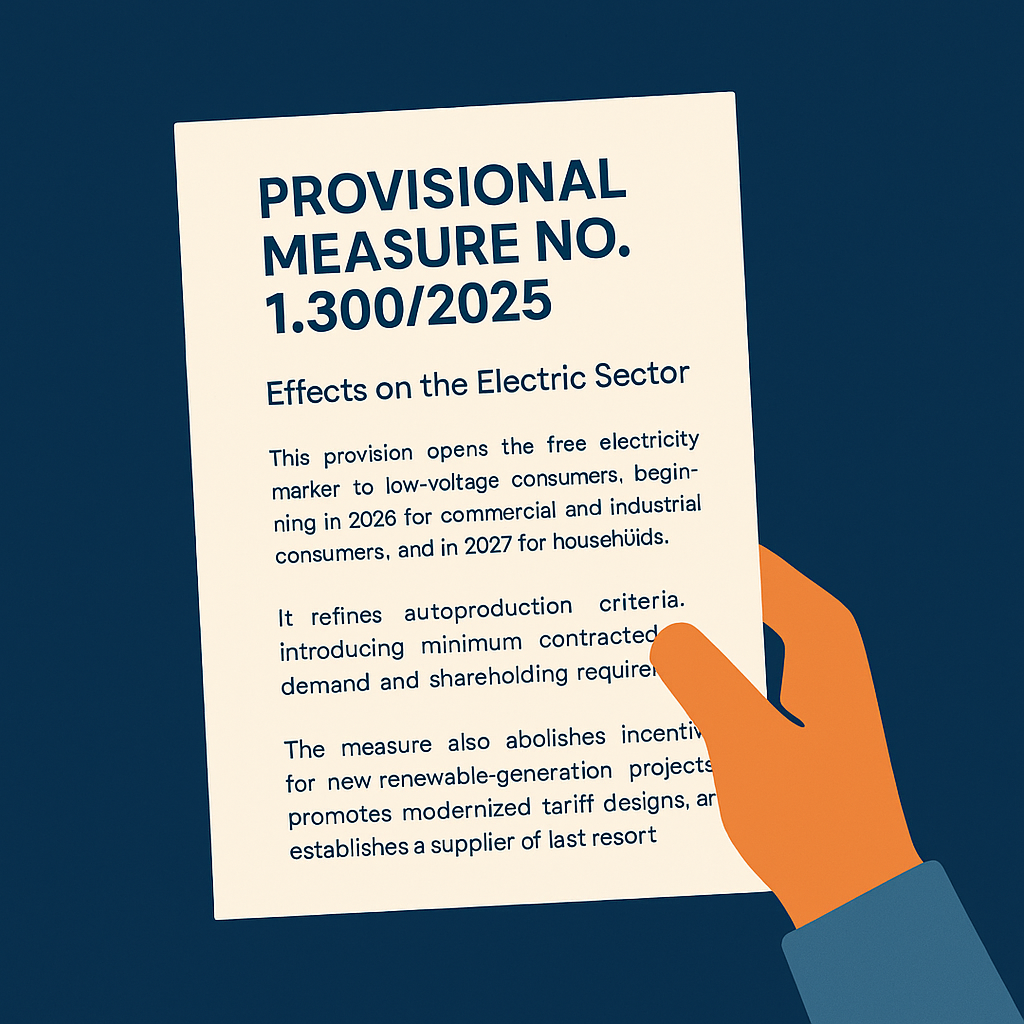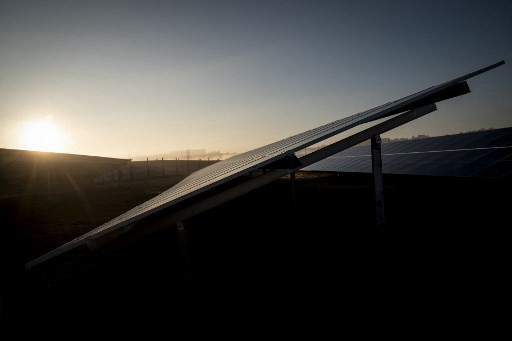Brazil ranks among the four countries with the greatest potential to lead the global energy transition, according to a study by the Net Zero Industrial Policy Lab (NZIPL) at Johns Hopkins University, to which Valor had exclusive access.
The study evaluated technological and policy landscapes across seven key sectors critical to the projected 2050 green economy and found that Brazil holds significant competitive advantages in developing a robust green industry. These advantages span strategic minerals, batteries, hybrid electric vehicles powered by biofuels, sustainable aviation fuels, wind energy equipment manufacturing, low-carbon steel, and green fertilizers.
Unlike other resource-rich nations, Brazil benefits from an already established industrial base. However, the Johns Hopkins researchers warn of substantial gaps in public policy. While the federal government’s Nova Indústria Brasil (NIB) plan is promising, the report highlights the need for clearer strategic focus and targeted investments to achieve meaningful impact. The R$468.38 billion allocated to the program, the analysis cautions, risks being spread too thin across too many priorities.
The research team, led by climate policy expert Tim Sahay, director of NZIPL, does not advocate for abandoning traditional industries. Instead, it emphasizes microtargeting—prioritizing the seven most critical areas to unlock Brazil’s leadership potential in the green industry over the next two decades.
“We use the term microtargeting for a reason. In batteries, for example, we argue that focusing on intermediate components like anodes could leverage Brazil’s existing strengths in artificial graphite and silicon processing,” Mr. Sahay told Valor. He pointed to the recent public call by Finep and BNDES for critical minerals projects as a positive step, as it includes graphite processing. However, he noted that grouping these initiatives with unrelated projects dilutes their impact. “While broad experimentation has its place, a more targeted approach can yield faster results and trigger a ripple effect across the value chain,” he explained.
Mr. Sahay described the Nova Indústria Brasil plan as showing “encouraging” signs that the government is moving in the right direction. He cited efforts such as mapping and strengthening value chains through specialized working groups but stressed that these initiatives should have been launched earlier. “It seems like the groundwork is being laid for more targeted interventions. This is welcome, but in our opinion, it comes a bit late,” he added.
Strategic integration for green leadership
Successfully integrating strategic sectors will be essential for Brazil to establish itself as a global leader in the green economy over the next two decades, according to the Johns Hopkins study. “To ensure that sectoral strategies add up to more than the sum of their parts, these opportunities must be integrated into broader systems. The government’s role is to provide capital and project support while creating the conditions for transformation through infrastructure investments, forward-looking policies, human capital development, and affordable energy,” the report states.
Mr. Sahay highlighted potential disruptions to the global energy transition, particularly in the event of Donald Trump returning to office with plans to dismantle Biden-era green energy incentives in the U.S. However, he believes that the shift to clean energy will continue even if the U.S. increases support for fossil fuels. He also noted that Russian President Vladimir Putin’s skepticism toward renewable energy will only hinder two of the few countries capable of competing with Brazil and China in the green transition.
The study identifies Brazil, the United States, Russia, and China as the four countries with the greatest potential to build a green industrial economy.
“China’s massive investment in the green transition is already weakening global oil demand. With India, Europe, and Turkey rapidly expanding solar energy deployment, this trend will only accelerate. The U.S. under Trump and Russia under Putin are shooting themselves in the foot by slowing the transition, undermining their future jobs, productivity, and competitiveness,” Mr. Sahay explained.
“This makes Brazil’s choice even clearer. The country has a strategic opportunity to position itself within the economy of the 2030s and 2040s rather than clinging to stranded assets of the old economy. The world is moving fast, and the new green economy is not a collaborative utopia—there will be winners and losers,” Mr. Sahay concluded. “With its vast potential in the new energy system, Brazil’s political and industrial leaders have a once-in-a-generation opportunity to seize it.”
Translation: Todd Harkin



